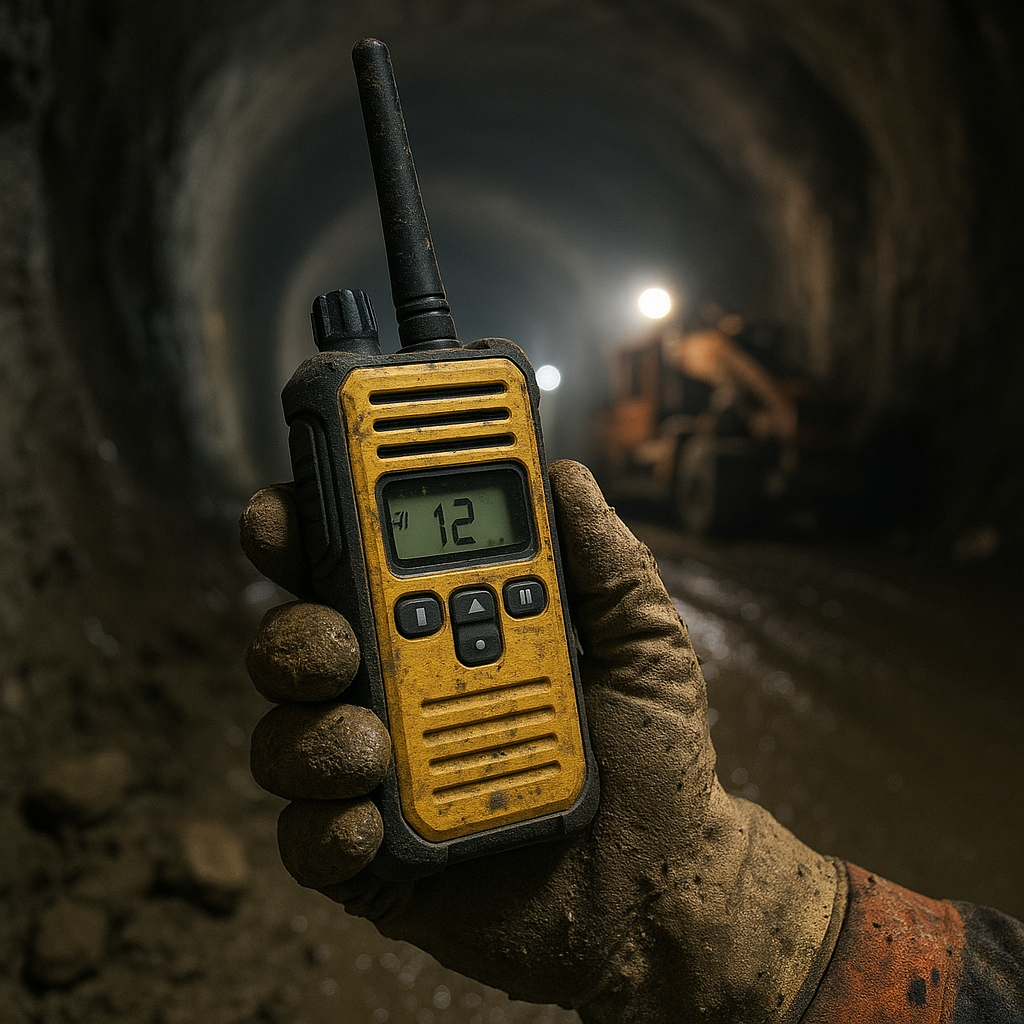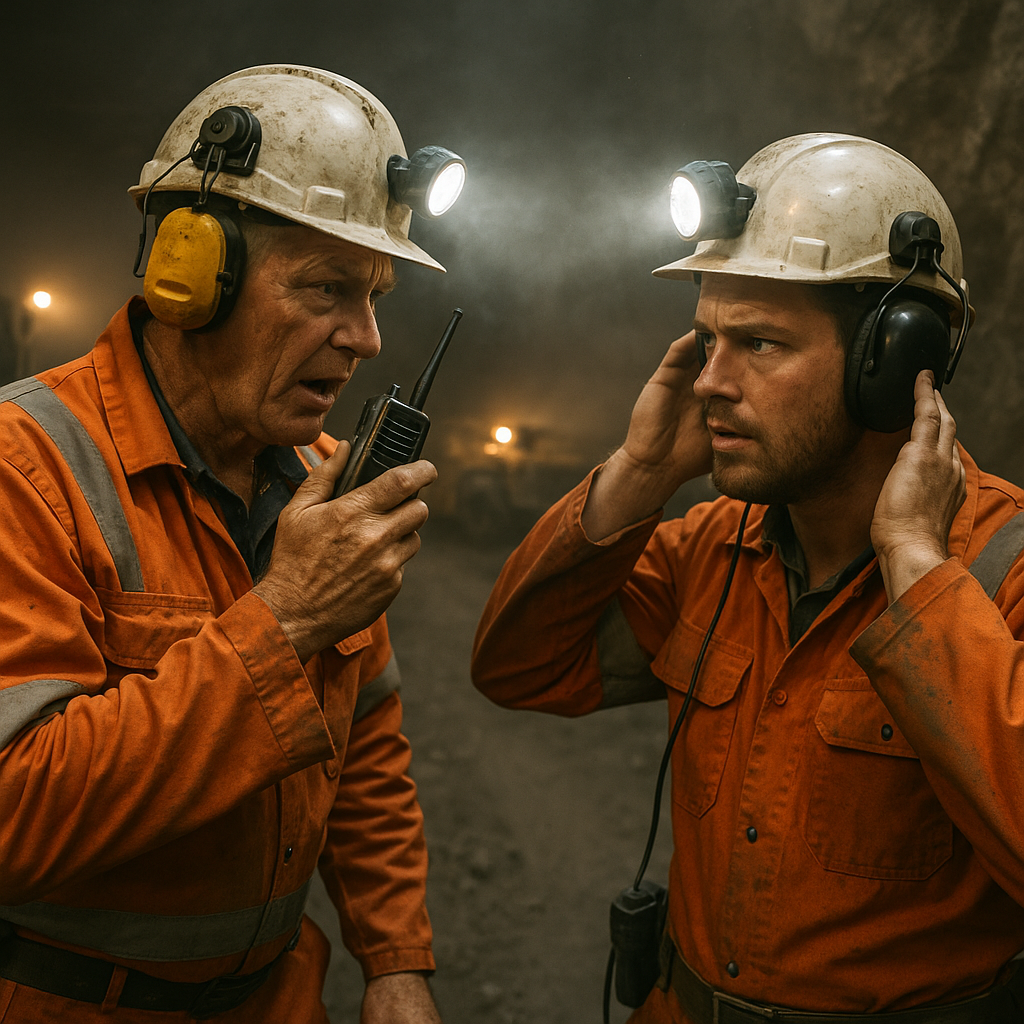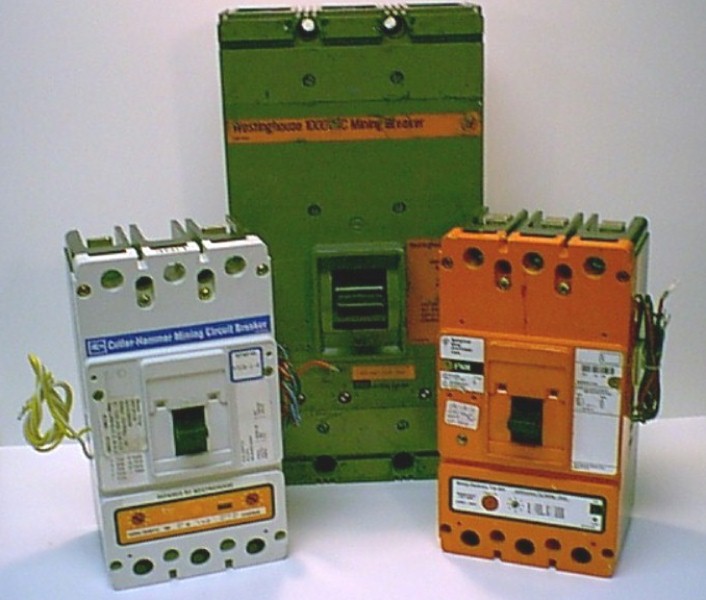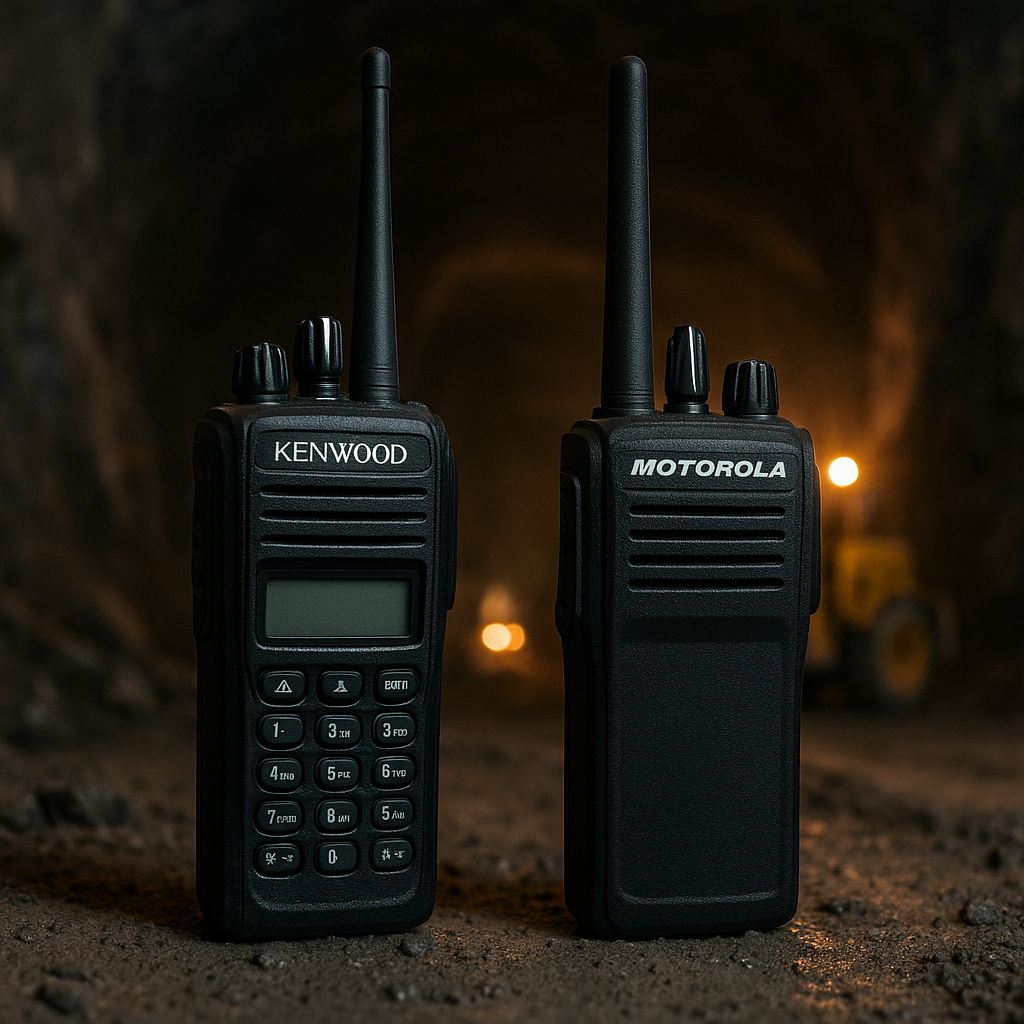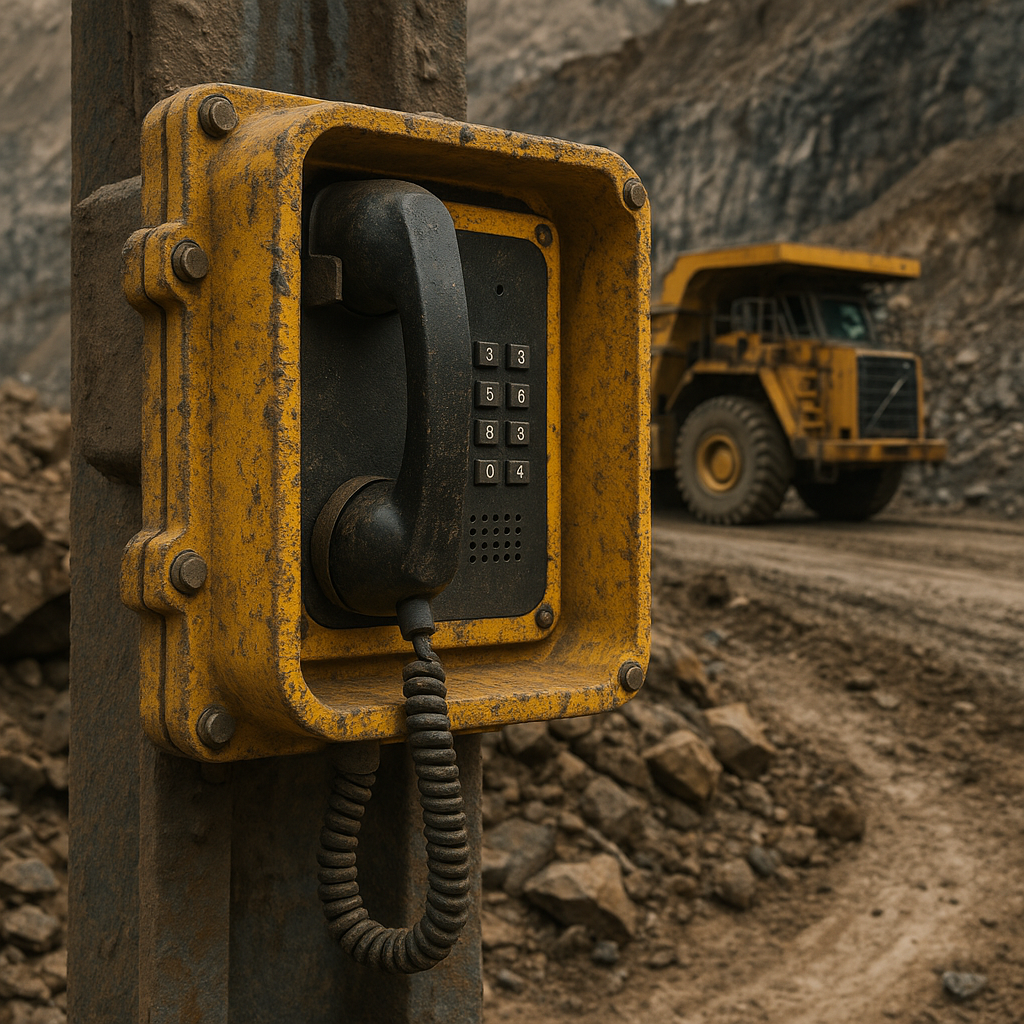Keeping Workers Safe with Tunneling Safety Equipment
Real Risks Underground
Tunnel work is dangerous. Darkness, cramped spaces, and shifting ground are constant threats. Air can turn deadly in seconds. Falling debris and equipment breakdowns happen. The right safety gear is the only thing that keeps workers alive down there.
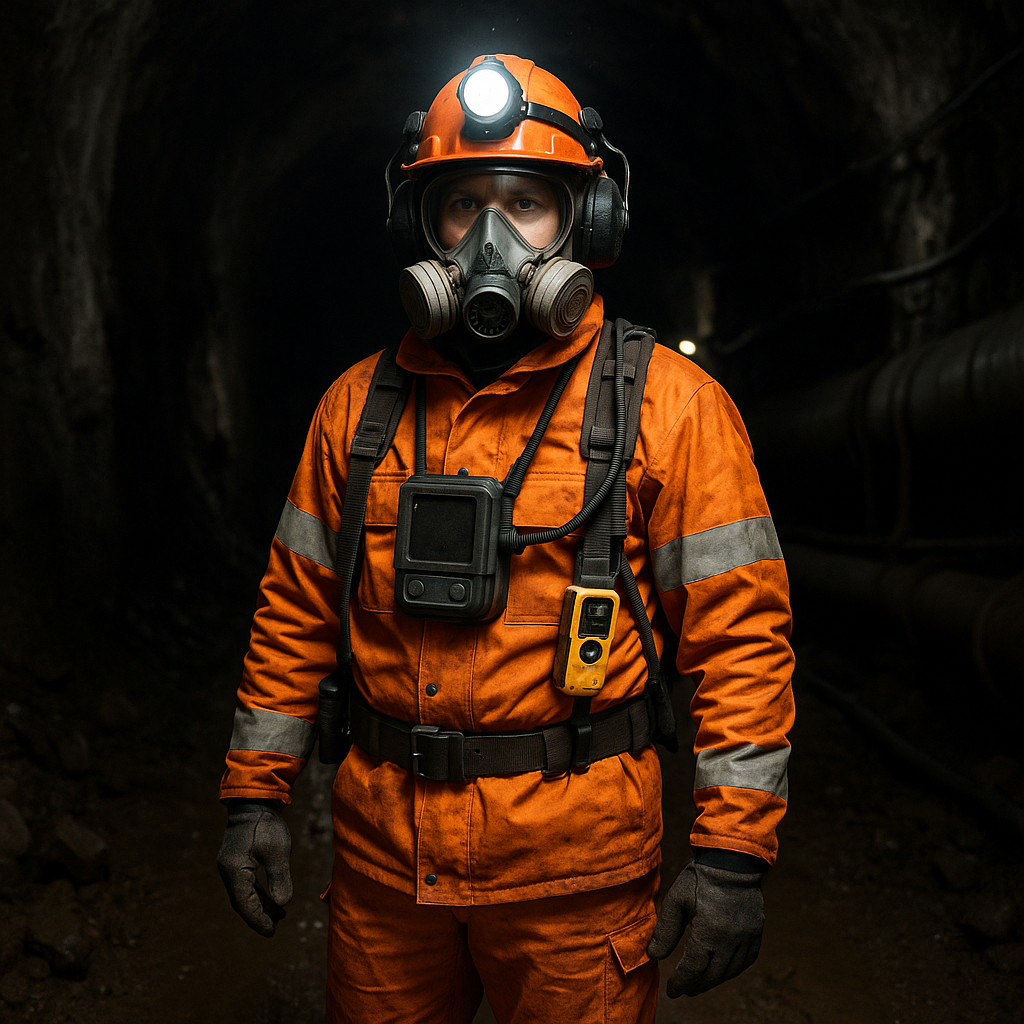
Standard hard hats and boots don’t cut it. Underground, the environment changes fast. One moment, air quality is fine. The next, a pocket of methane or a drop in oxygen puts everyone at risk. Smart tunnel operators don’t gamble. They invest in equipment that works, and they make sure every piece is ready for the next shift. At MineSafe Electronics, we understand how important it is to have reliable safety solutions that adapt to these unpredictable conditions. For a deeper look at the critical role of mining safety equipment in preventing accidents, explore the importance of mining safety equipment in hazardous environments.
What Every Crew Needs
Protection underground starts with the right gear. Each item on the list below solves a real problem workers face every day:
- Fall arrest systems: Full-body harnesses and anchor points keep workers from dropping into shafts or pits. A missed step shouldn’t end a career.
- Multi-gas detectors: Oxygen drops. Methane builds. Toxic gases seep in. Detectors give a warning before anyone feels the effects.
- Ventilation and air monitors: Stale air saps energy and focus. Good ventilation keeps fresh air moving. Monitors show when it’s time to clear out or boost airflow.
- High-visibility LED lighting: Darkness hides hazards. Bright, reliable lights reveal trip points, moving equipment, and other workers. Backup power keeps lights on when the main supply fails.
- Chemical-resistant suits and respirators: Some tunnels cut through ground laced with chemicals or dust. Suits and respirators block what lungs and skin can’t handle.
- First aid and evacuation gear: Accidents happen. Fast access to medical supplies and clear evacuation routes save lives when seconds count.
Every piece of equipment needs regular regular checks. Harnesses fray. Gas sensors drift out of calibration. Lights dim. Suits tear. Smart operators set strict inspection schedules and keep records. No one trusts gear that’s been sitting in a box for months. Logs show what’s been checked, fixed, or replaced. When something fails, there’s no guessing who’s responsible or when it was last inspected. Our safety equipment solutions are designed to make these inspections and record-keeping processes straightforward and reliable for your team.
Training That Sticks
Gear alone doesn’t keep anyone safe. Workers need to know how to use it: fast, under pressure, and without second-guessing. Training isn’t a one-time event. It’s a routine. Before anyone steps into a tunnel, they run through equipment checks and emergency drills. They practice using harnesses, testing gas monitors, and finding exits in the dark. Drills turn panic into action. When alarms sound, trained crews move with purpose, not confusion.
Documentation backs up every step. Inspection records, maintenance logs, and training certificates prove that nothing gets skipped. Digital tracking systems make it easy to see who’s certified, what gear is ready, and what needs attention. No one gets underground without a record showing they’re prepared. No equipment goes into service without a log showing it’s safe. We support crews with training resources and digital tools that help maintain these high standards. Learn more about tunneling safety equipment for contractors and how it supports effective training and preparedness.
Why Maintenance Matters
Neglected gear fails when it’s needed most. A harness with a hidden tear won’t hold. A gas detector with a dead battery stays silent. A light with a cracked lens leaves shadows where hazards hide. Maintenance isn’t just about following rules. It’s about trust. Workers trust their lives to the equipment. Operators trust their teams to use and care for it. Regular checks, repairs, and replacements keep that trust strong.
- Set a schedule for every inspection: daily, weekly, monthly.
- Replace worn or outdated gear before it fails.
- Keep detailed logs for every piece of equipment.
- Use digital systems to track status and flag problems early.
When everyone knows the gear is solid, crews focus on the job, not on what might go wrong. For more insights on key features to look for in electronic safety equipment, visit key features in electronic safety equipment for mining.
Building a Culture of Safety
Safety isn’t a box to check. It’s a habit. Crews that take safety seriously look out for each other. They speak up when something’s off. They don’t cut corners. Operators who set the tone, by investing in the best equipment, enforcing training, and demanding accountability, see fewer accidents and smoother projects.
Real safety comes from a mix of the right gear, solid training, and a team that refuses to settle for “good enough.” Every tunnel is different, but the basics never change: protect the crew, keep the equipment ready, and never let safety slip.
Get Professional Tunnel Safety Equipment Today
Contact MineSafe Electronics at 800-523-1579 or request a quote to discuss your tunneling safety equipment needs. Our team will help you select and implement the right protection systems for your underground operations.
‹ Back



